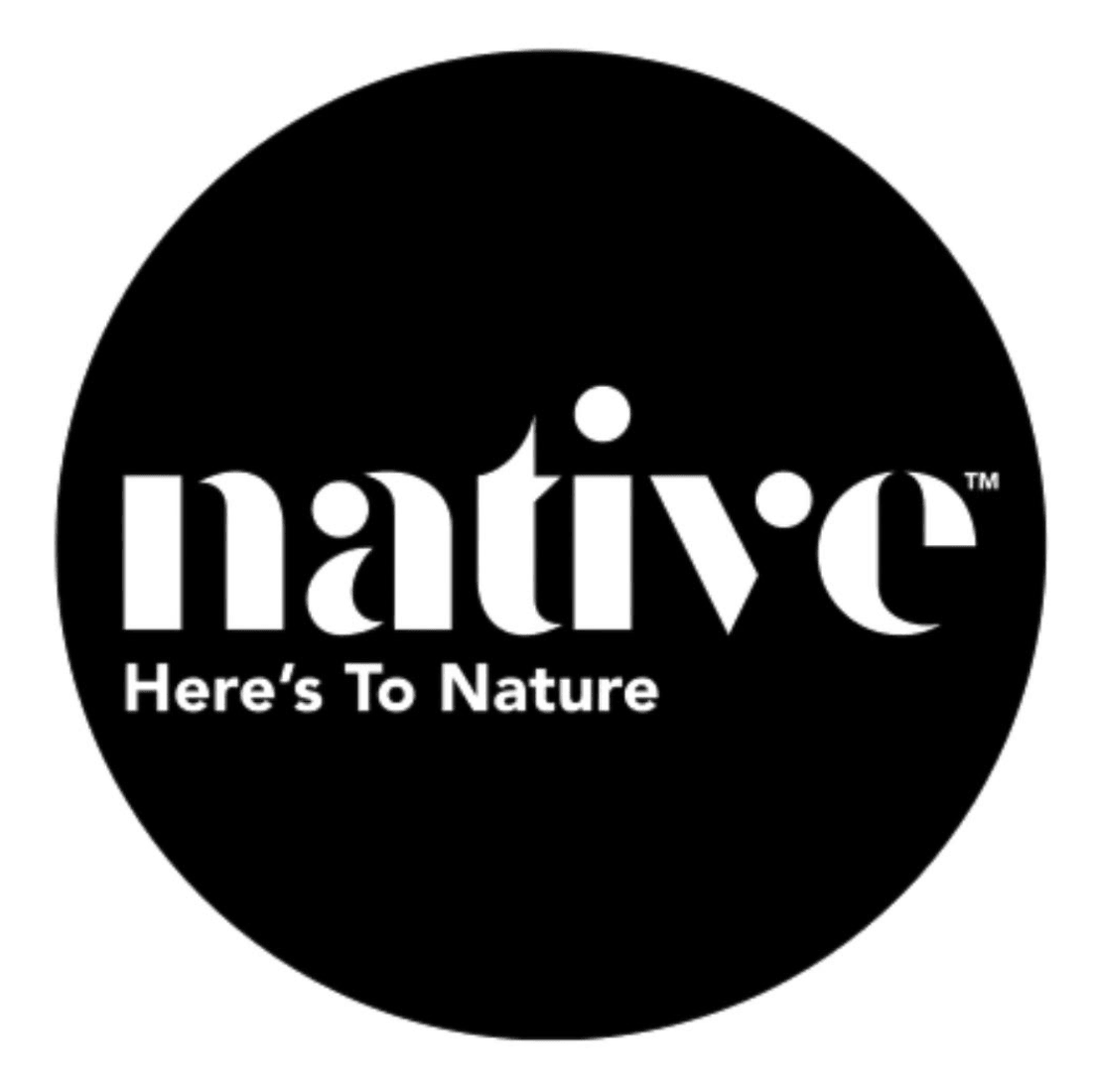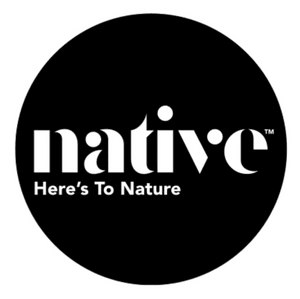Summer read: Linda Jane Keegan, celebrated for writing what’s thought to be the first picture book in New Zealand featuring non-heterosexual parents, tells the story of her second book.
First published August 3, 2022.
It was exciting, getting my second manuscript accepted for publication with Scholastic. Having more than one book to my name made me feel like a legitimate author. My first picture book, Things in the Sea are Touching Me!, was fictional, with facts about the sea woven in. This one, Kororā and the Sushi Shop, is based on the true story of a kororā penguin that tried to nest under a store in central Wellington.
After signing a contract, I checked with the people involved if they minded their name and likeness being represented in the book. Constable (now Sergeant) John Zhu, who had been called in to help relocate the kororā, and Wini Morris, who worked at the sushi shop, were delighted to be part of the story and gave their approval. I wouldn’t have felt right doing it otherwise.
I was so pleased that Wini offered their pronouns (she/they), and silently berated myself for not thinking to ask in the first place. I had just gone by the pronouns I had seen in the news articles. (Did any reporters ask Wini their pronouns?) I hastily went back to the publisher with the pronoun amendments to the manuscript, suggesting they/them rather than interchangeably using she/they throughout the text.
In short, their answer was no.
In an email they said they were open to non-gender specific pronouns in “the right story”. They said they “do not feel that this bears significance or is relevant in any way to this particular story” and “in this instance we feel it is an afterthought and unnecessary.”
An afterthought and unnecessary.
I thought of it as a correction to the text, about a real person and their real gender identity.
The publisher’s suggestion was to remove the need to use any pronouns at all, erasing Wini’s gender entirely.
I was so angry and disappointed that I didn’t tell Wini about it until just before the book’s release. I was kicking myself for not reaching out to Wini earlier and originally submitting the manuscript with the correct pronouns. I worried I didn’t state my case strongly enough or fight hard enough for Wini and the non-binary kids and adults who deserve to be seen. To all the enbies out there, I’m sorry. I’ve annotated my copy of the book with “they” pronouns and that’s how I read it at book readings.
When I did chat with Wini, they said, “In all honesty – I think I’m more upset at the fact they feel they have the power to override what you are wanting to do and what I initially expressed in the first place in regards to how I want to be referred to … choosing to tell you was a last-minute decision myself since I have a hard time with people even acknowledging that I do want to be referred to as they too 🥲”
The publisher did phone me to give me a chance to explain my view, but I felt like the decision had already been made. As I recall this conversation, their main reason was, they said, grammatical; they had advice from someone working in a school literacy programme that the use of “they” for an individual was confusing for younger readers. They reassured me, again, that they are open to this kind of diversity in certain books.
The whole English language is confusing. My six-year-old, much to my delight, applies “-ed” to the past tense of anything. He says, “I hurted my foot,” or “We buyed it from the shop.” He learnt a rule and applied it. He will also learn there are a zillion exceptions to all the rules (“i before e except after c”, anyone?). My child has, for some time, acknowledged that enbies exist. I was singing ‘Peaches‘ (as you do every time you eat peaches if you grew up in the 90s) at the table, “peaches come in a can, they were put there by a man…” when my kid piped up with “or a woman or a non-binary person”.
Also – what is, as Scholastic put it in their email, “the right story”? One of the reasons that people love Things in the Sea are Touching Me! is that the two mums are just part of the story. The story isn’t about having two mums. They are just there, like they are in the real world. Why can’t a person who doesn’t ascribe to the gender binary also exist in a story – particularly a true story – just like they do in the real world?
This has been a very difficult piece to write, and terrifying to publish. Aotearoa’s kid lit industry is small and, as an emerging author, I didn’t want to burn any bridges. But maybe some bridges should be burned, namely the ones where enbies aren’t allowed to cross. It’s hard to speak unkindly about other players in the industry – we all need to stick together and support each other. But at what cost?
I will no longer stand by and be complicit in erasure of gender identity.
It has been hard, celebrating a book being published, while knowing I had to call out that same publisher. It feels like biting the hand that feeds you. Does that make me look ungrateful? Or will people appreciate the frankness? Does the industry need a shakeup and am I someone who could do that?
I’m willing to accept there might be consequences for writing this piece. I’m in the incredibly privileged position of knowing that if I can’t get paid to write books, I can still get another job (and the reality is, I have to do that anyway, because generally speaking writers in Aotearoa don’t earn enough to pay the bills).
To be clear, I don’t mean any disrespect to any individual editors or others working in publishing. But publishers are entities who have the power to make change and represent all kinds of people in their books. I want to do my bit in pushing for that change.
And it is desperately needed, particularly in picture books. I can’t think of any non-binary or trans characters in New Zealand picture books, even though they are becoming relatively common overseas. And as far as I can tell, Things in the Sea are Touching Me! is still the only New Zealand-published picture book with non-heterosexual parents. It is baffling to me that 17 years after civil unions were established in New Zealand and nearly 10 years after same-sex marriage was legalised, same-sex couples still don’t seem accepted enough or important enough to appear in more picture books.
It is incredibly important for children to see their families and themselves represented in books. According to a 2021 survey, one in 20 adults in Aotearoa identify as LGBT+, and are more likely to be anxious, nervous, and depressed. Imagine if as children their identity was both validated and normalised from a young age? How might that have promoted better mental health outcomes for them as adults?
Broadly speaking, our books for older children and teenagers are slowly becoming more diverse. Eileen Merriman’s 2019 book for young adults, Invisibly Breathing, centres a gay romance, as does HS Valley’s 2021 debut, Tim Te Maro and the Subterranean Heartsick Blues. There are more books appearing that normalise single-parent families. Tania Roxborogh’s Margaret Mahy Prize-winning book Charlie Tangaroa and the Creature from the Sea, published in 2020 and aimed at readers aged about eight to 12, has a single mother and a main character with a disability.
Illustrators are doing a lovely job of including characters of different ethnicities, from different cultures, and with disabilities (though I reckon we could still do with more fat characters).
So who’s missing?
They are missing. As in, the singular “they”. Where are our non-binary characters?
There are hardly any New Zealand-authored kids’ books with enby characters. There’s a fa’afafine bestie, Simon / Simone, in Lani Wendt Young’s self-published Telesā series for teens, which began in 2011. Kay O’Neill is a Christchurch illustrator and writer who publishes acclaimed rainbow webcomics and graphic novels. But their work is published by Americans. Tim Te Maro and the Subterranean Heartsick Blues has an enby and, as Valley puts it, “a low key trans character.” It was published by Hardie Grant – in Australia.
Enbies seem much more welcomed in overseas books. Why aren’t publishers in Aotearoa including them? I wonder how many times they have been asked to. I’m assuming that our publishers want more diverse books and characters out there. Readers certainly do.
Are publishers worried about pushback? Surely people are not going to stop supporting them for including enbies, and if they do, those people are jerks anyway.
Perhaps the problem is there’s a perception that enbies aren’t marketable. I guess businesses still want to earn a buck even if it comes from jerks. And enbies are probably still going to buy their books, even if those books don’t see them, so it seems like a win-win situation for the industry. But it’s our children and friends and family and whānau who lose.
Wini wrote, “If anything right, I was scared to even ask about including my pronouns in the first place because I didn’t want to seem like I was rocking the boat or blurring some line in the binary. But even so, I had to. I wanted to. If it was the same me from 20 years ago reading that book – I’d hope the people around me are open-hearted enough and intelligent enough to say ‘that’s just who they are and how they are referred to’ and move on. Why have hurt feelings on how others exist in your space when you could just learn to incorporate and accept them as a part of the community.”
I’m not the only one who thinks we need to do better. Sarah Forster has been immersed in children’s publishing in New Zealand for decades. In October she was awarded the Storylines Betty Gilderdale Award for outstanding service to children’s literature. In her speech, she said, “There is an ugly side to our children’s publishing, caused, I think, in part by the perspectives of those who are looking for commercial value rather than paying enough attention to the important things.”
She also said, “All children deserve to see themselves in a book.”
And they do.
So, I say we should burn bridges. And replace them with stronger ones. Ones that hold up everyone in our communities.
In a statement, Scholastic said: “Scholastic reaffirms our deep commitment to publishing a diverse array of characters, plots and storylines, including non-binary characters and non-gender specific text. We are sorry if at any point Linda Jane Keegan felt unheard, as we value our open dialogues with our authors and illustrators about their works, and bringing these titles to readers. We’re proud of the joy Linda Jane’s telling of the story about the little blue penguins, Wini and Constable Zhu has already brought to thousands of children in such a short period.”


